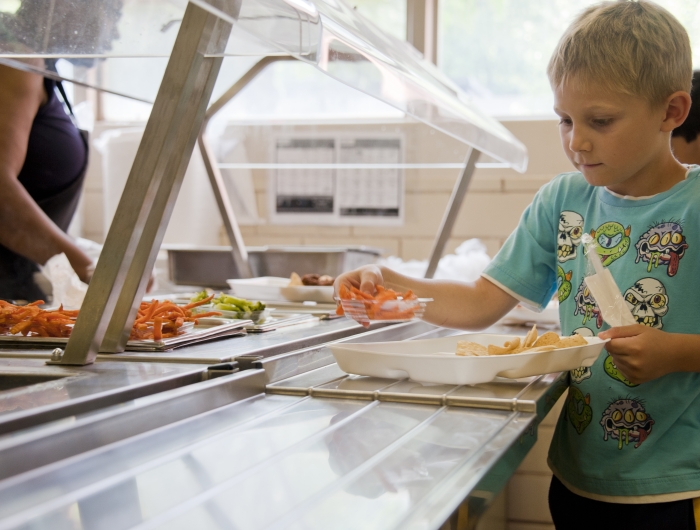Can these Smart Snacks pass our tests?

CDC.
A Smart Snacks fact sheet
Food and beverage companies have improved their K–12 products by reducing sodium and increasing whole grains. Some have also taken steps to reduce added sugars and remove harmful low-calorie sweeteners and synthetic dyes. Despite this, many snacks and beverages sold in schools are still too high in added sugars and can contain harmful low-calorie sweeteners and synthetic dyes.
In Smart Snacks: Graded, the Center for Science in the Public Interest assessed the nutritional quality of 623 single-serve, individually packaged, Smart Snacks-compliant foods and beverages to determine if they meet additional science-based standards for added sugars, low-calorie sweeteners, and synthetic dyes.
View the resource below for some examples of the worst offending products from the report, published in October 2023, alongside better alternatives sold by the same company at the time of data collection. It’s time for companies to offer better Smart Snacks in schools!

